Preventing and Treating Gum Disease
Gum disease weakens gum tissue and threatens tooth health. Plaque buildup along the gumline causes inflammation and infection. If untreated, gum disease leads to gum recession, tooth loss, and bone damage. Proper oral care and professional cleanings prevent gum disease and improve gum strength. Healthy gums support tooth stability and improve bite strength. Brushing, flossing, and using mouthwash reduce plaque and bacteria. Early detection and treatment reverse gum disease and prevent complications. Understanding how to prevent gum disease strengthens overall dental health. Let’s explore how to protect your gums and maintain a healthy smile.
What Is Gum Disease?
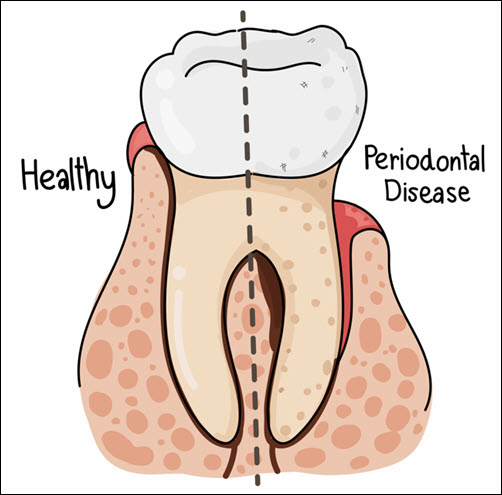 Gum disease (periodontal disease) affects gum tissue and tooth support. It starts with plaque buildup along the gumline. Plaque contains bacteria that irritate gums and cause inflammation. Early-stage gum disease (gingivitis) causes red, swollen gums that bleed during brushing and flossing. If untreated, gingivitis progresses to periodontitis. Periodontitis causes gum recession and bone loss. Deep gum pockets trap plaque and bacteria, weakening tooth attachment. Gum disease increases the risk of tooth sensitivity, cavities, and tooth loss. Bad breath (halitosis) and gum tenderness signal gum disease progression. Treating gum disease early prevents long-term damage and strengthens gum health. Healthy gums support stronger teeth and better overall dental health.
Gum disease (periodontal disease) affects gum tissue and tooth support. It starts with plaque buildup along the gumline. Plaque contains bacteria that irritate gums and cause inflammation. Early-stage gum disease (gingivitis) causes red, swollen gums that bleed during brushing and flossing. If untreated, gingivitis progresses to periodontitis. Periodontitis causes gum recession and bone loss. Deep gum pockets trap plaque and bacteria, weakening tooth attachment. Gum disease increases the risk of tooth sensitivity, cavities, and tooth loss. Bad breath (halitosis) and gum tenderness signal gum disease progression. Treating gum disease early prevents long-term damage and strengthens gum health. Healthy gums support stronger teeth and better overall dental health.
Causes of Gum Disease
Poor oral hygiene allows plaque to build up along the gumline. Plaque hardens into tartar, which irritates gum tissue. Smoking and tobacco use reduce blood flow to gums, slowing healing. High-sugar diets increase plaque formation and bacterial growth. Teeth grinding (bruxism) increases pressure on gums, weakening attachment. Misaligned teeth create hard-to-clean areas where plaque collects. Poorly fitted dental work traps bacteria and increases gum irritation. Certain medications reduce saliva production, increasing dry mouth and plaque buildup. Hormonal changes during pregnancy and menopause increase gum sensitivity and inflammation. Stress weakens the immune system, increasing gum disease risk. Identifying and treating the causes improves gum health and prevents complications.
Signs and Symptoms of Gum Disease
Red, swollen gums signal early gum disease. Bleeding during brushing and flossing indicates gum inflammation. Gum tenderness increases sensitivity to hot, cold, and sweet foods. Receding gums expose tooth roots, increasing sensitivity and plaque buildup. Persistent bad breath results from bacteria trapped in gum pockets. Loose teeth and widening gaps signal advanced gum disease. Deep gum pockets form as gum tissue weakens. Pain while chewing signals weakened gum attachment. Increased plaque buildup along the gumline worsens inflammation. Early detection of symptoms allows for faster treatment and recovery. Identifying warning signs improves gum health and strengthens tooth support.
Proper Brushing Technique to Prevent Gum Disease
Brushing properly removes plaque and reduces gum irritation. Use a soft-bristled toothbrush and fluoride toothpaste. Hold the toothbrush at a 45-degree angle to the gumline. Brush using small, circular motions to clean all tooth surfaces. Clean the front, back, and chewing surfaces of each tooth. Brush for at least two minutes, twice a day. Avoid scrubbing too hard to prevent gum damage. Clean the tongue and roof of the mouth to remove bacteria. Replace your toothbrush every three months or when bristles fray. Electric toothbrushes improve plaque removal and increase brushing efficiency. Proper brushing strengthens gums and reduces plaque buildup.
Flossing to Remove Plaque and Protect Gums
Flossing removes plaque and food particles from between teeth and under the gumline. Use about 18 inches of floss, wrapping it around your middle fingers. Slide the floss gently between teeth using a back-and-forth motion. Curve the floss into a “C” shape around each tooth. Clean under the gumline without snapping the floss to avoid irritation. Use a clean section of floss for each tooth to prevent bacteria transfer. Water flossers and floss picks provide alternative cleaning methods for tight spaces. Flossing once a day reduces plaque buildup and gum inflammation. Clean gumlines improve tooth stability and reduce cavity risk. Stronger gums increase overall dental strength and comfort.
Using Antibacterial Mouthwash to Strengthen Gums
Antibacterial mouthwash reduces plaque and improves gum health. Use fluoride or alcohol-free mouthwash to protect gum tissue. Pour about 20 milliliters of mouthwash into a cup. Swish it around your mouth for 30 to 60 seconds. Gargle to clean the back of the throat and remove bacteria. Spit out the mouthwash and avoid rinsing with water afterward. Antiseptic mouthwash reduces gum inflammation and bleeding. Alcohol-free mouthwash prevents dry mouth and improves gum moisture. Regular use reduces plaque buildup and improves overall gum health. Clean gums increase tooth stability and reduce sensitivity. Better plaque control strengthens gums and supports better dental health.
Professional Dental Cleanings to Remove Tartar
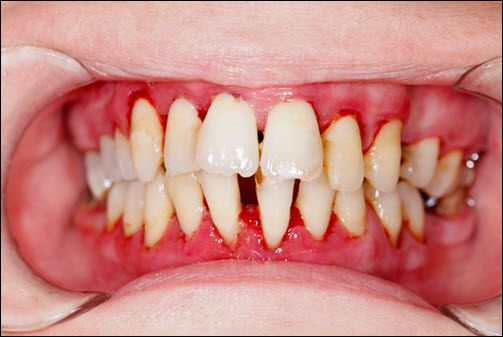 Professional dental cleanings remove plaque and tartar from tooth surfaces and gumlines. Tartar buildup causes gum inflammation and deep gum pockets. Dentists use ultrasonic tools to remove tartar and smooth tooth roots. Scaling and root planing reduce plaque and improve gum attachment. Professional cleanings every six months improve plaque removal and gum health. Fluoride treatments strengthen enamel and reduce sensitivity. Regular cleanings detect early signs of gum disease and improve treatment success. Professional monitoring increases gum health and reduces tooth loss risk. Stronger gums increase tooth stability and bite strength. Consistent dental care improves overall dental health and comfort.
Professional dental cleanings remove plaque and tartar from tooth surfaces and gumlines. Tartar buildup causes gum inflammation and deep gum pockets. Dentists use ultrasonic tools to remove tartar and smooth tooth roots. Scaling and root planing reduce plaque and improve gum attachment. Professional cleanings every six months improve plaque removal and gum health. Fluoride treatments strengthen enamel and reduce sensitivity. Regular cleanings detect early signs of gum disease and improve treatment success. Professional monitoring increases gum health and reduces tooth loss risk. Stronger gums increase tooth stability and bite strength. Consistent dental care improves overall dental health and comfort.
Avoiding Harmful Habits to Protect Gums
Smoking weakens gum tissue and increases plaque buildup. Nicotine reduces blood flow to gums, slowing healing and increasing inflammation. Quitting smoking improves gum attachment and reduces gum recession. High-sugar diets increase plaque formation and bacterial activity. Reducing sugar intake improves gum health and enamel strength. Grinding and clenching weaken gum attachment and increase sensitivity. Wearing a night guard reduces grinding pressure and protects enamel. Avoiding hard and sticky foods prevents gum irritation and plaque buildup. Better daily care increases gum strength and reduces sensitivity. Healthy gums increase tooth stability and improve chewing comfort.
Monitoring Gum Health with Regular Dental Checkups
Regular dental checkups detect early signs of gum disease. Dentists measure gum pocket depth and check for inflammation. Early treatment of gum disease prevents tissue loss and tooth shifting. Professional cleanings remove deep plaque and improve gum health. Fluoride treatments strengthen enamel and reduce gum sensitivity. Regular monitoring prevents gum recession and bone loss. Professional care increases gum strength and tooth stability. Consistent checkups improve bite strength and overall dental comfort. Early detection increases treatment success and reduces dental costs. Stronger gums support healthier teeth and improve long-term dental health.
Gum disease weakens gum tissue and threatens tooth stability. Plaque buildup increases gum inflammation and sensitivity. Proper brushing, flossing, and mouthwash use reduce plaque and bacteria. Professional cleanings remove tartar and strengthen gum attachment. Early detection of gum disease improves treatment success and prevents tooth loss. Avoiding smoking and high-sugar diets reduces plaque formation and gum irritation. Regular dental checkups improve gum health and increase tooth stability. Healthy gums increase chewing strength and improve smile appearance. Investing in better gum care improves long-term dental health. Stronger gums support healthier teeth and increase overall comfort.


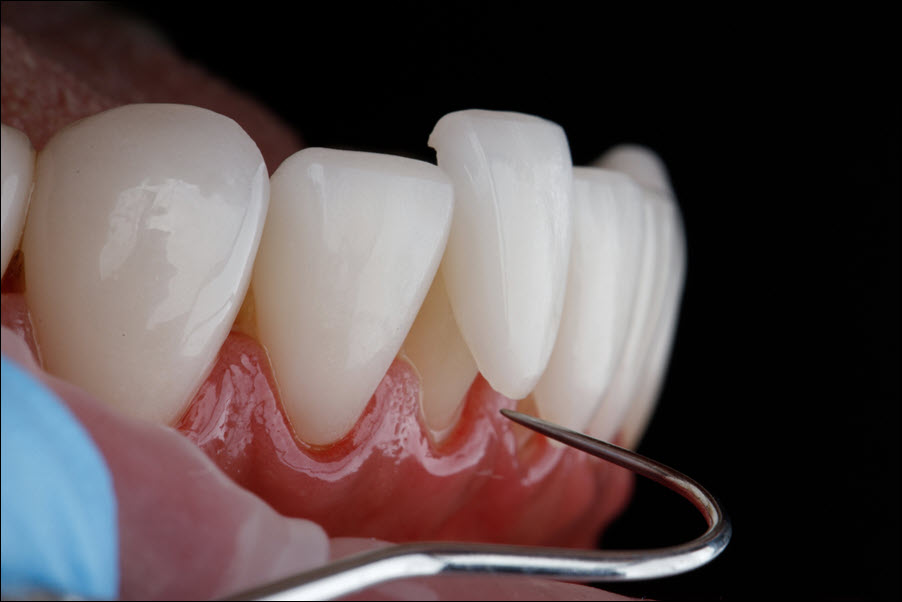
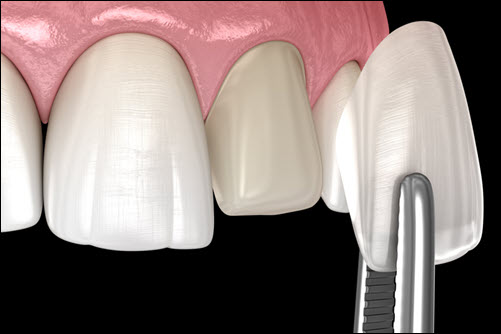 Veneers cover deep stains and discoloration that whitening treatments cannot fix. Coffee, tea, red wine, and tobacco stain enamel over time. Some medications and fluoride exposure cause permanent tooth discoloration. Porcelain veneers resist staining and maintain a bright color. Dentists customize veneer shade to match surrounding teeth. Veneers create a whiter, more even smile. Composite veneers require more maintenance but provide immediate color correction. Properly maintained veneers resist staining and maintain brightness for years. Professional cleanings improve veneer surface shine and color consistency. Stronger, stain-resistant veneers increase long-term smile brightness and confidence. Brighter teeth create a more youthful and balanced appearance.
Veneers cover deep stains and discoloration that whitening treatments cannot fix. Coffee, tea, red wine, and tobacco stain enamel over time. Some medications and fluoride exposure cause permanent tooth discoloration. Porcelain veneers resist staining and maintain a bright color. Dentists customize veneer shade to match surrounding teeth. Veneers create a whiter, more even smile. Composite veneers require more maintenance but provide immediate color correction. Properly maintained veneers resist staining and maintain brightness for years. Professional cleanings improve veneer surface shine and color consistency. Stronger, stain-resistant veneers increase long-term smile brightness and confidence. Brighter teeth create a more youthful and balanced appearance.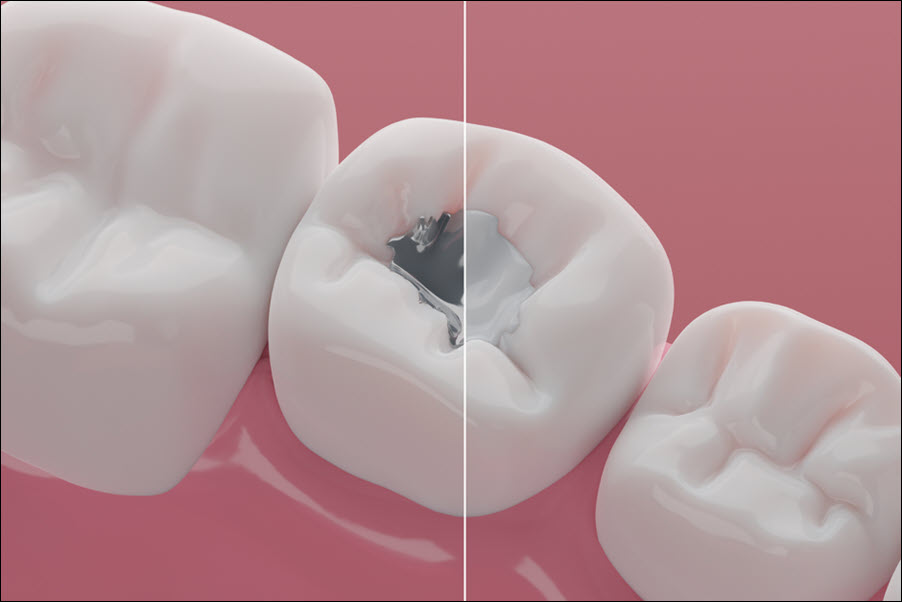

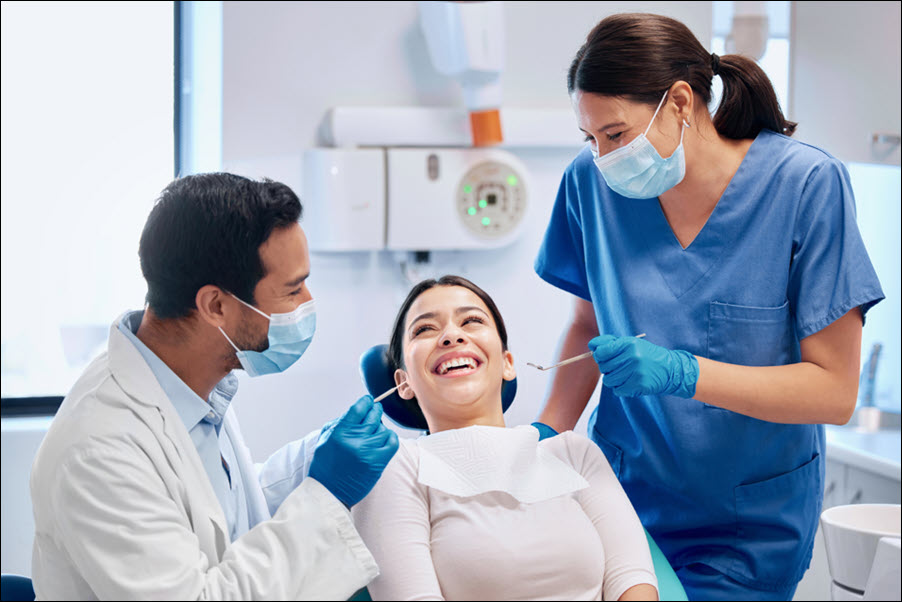
 Clean teeth resist cavities and tooth decay. Plaque produces acid that weakens enamel and creates holes in tooth surfaces.
Clean teeth resist cavities and tooth decay. Plaque produces acid that weakens enamel and creates holes in tooth surfaces. 
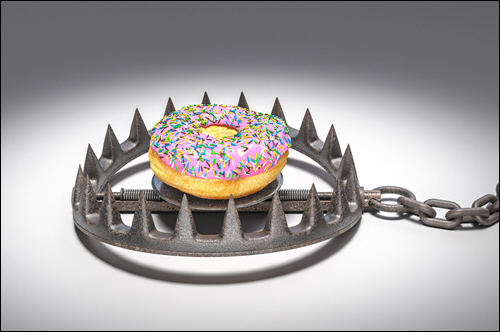
 People with diabetes face a higher risk of gum disease, known as periodontal disease. High blood sugar levels feed oral bacteria, causing plaque to build up more quickly. If not removed through daily brushing and flossing, plaque can irritate the gums, leading to inflammation, redness, and even bleeding. Untreated gum disease can progress, damaging the bone that supports your teeth and leading to tooth loss.
People with diabetes face a higher risk of gum disease, known as periodontal disease. High blood sugar levels feed oral bacteria, causing plaque to build up more quickly. If not removed through daily brushing and flossing, plaque can irritate the gums, leading to inflammation, redness, and even bleeding. Untreated gum disease can progress, damaging the bone that supports your teeth and leading to tooth loss.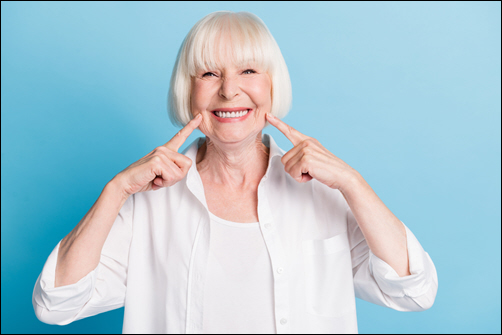
 Dentures are removable prosthetic teeth designed to replace multiple or all missing teeth. Available in both full and partial versions, dentures rest on the gums and are custom-fitted to the unique shape of your mouth.
Dentures are removable prosthetic teeth designed to replace multiple or all missing teeth. Available in both full and partial versions, dentures rest on the gums and are custom-fitted to the unique shape of your mouth.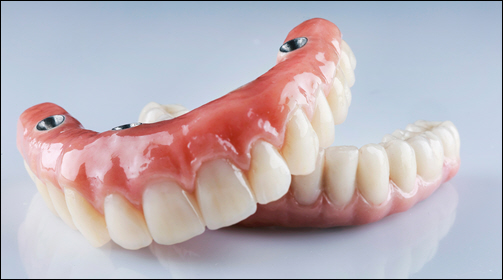 Dental implants are a more permanent solution that involves surgically placing a titanium post in the jawbone, which fuses with the bone to act as an artificial tooth root. A crown, bridge, or denture is then attached to the implant, providing a stable, fixed replacement for missing teeth.
Dental implants are a more permanent solution that involves surgically placing a titanium post in the jawbone, which fuses with the bone to act as an artificial tooth root. A crown, bridge, or denture is then attached to the implant, providing a stable, fixed replacement for missing teeth.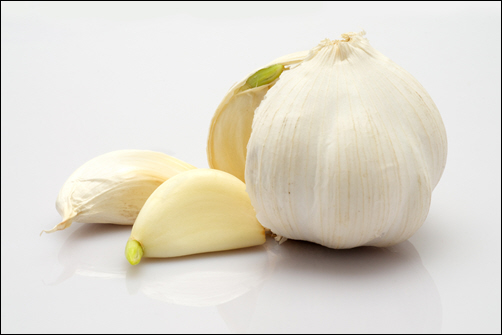
 Coffee and Tea
Coffee and Tea Garlic and Onions
Garlic and Onions


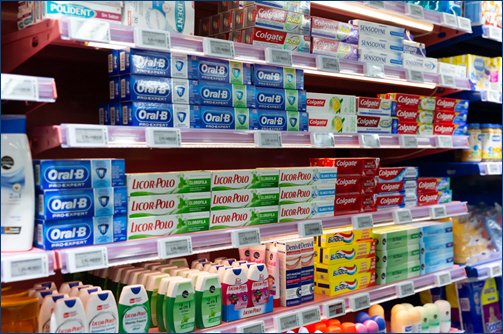 Key Toothpaste Ingredients
Key Toothpaste Ingredients